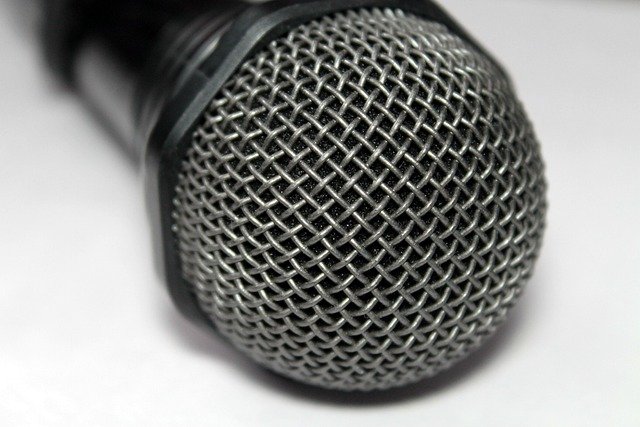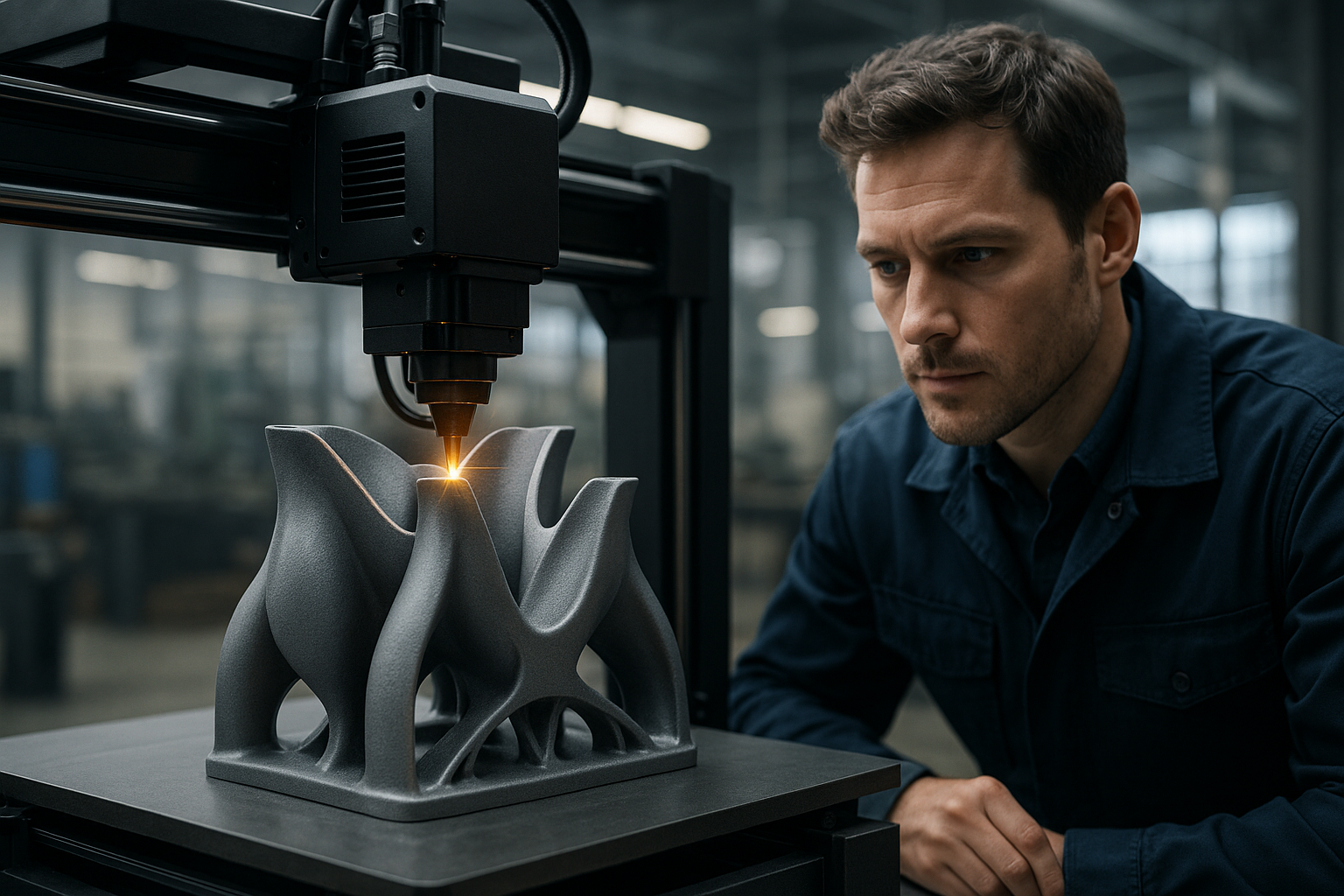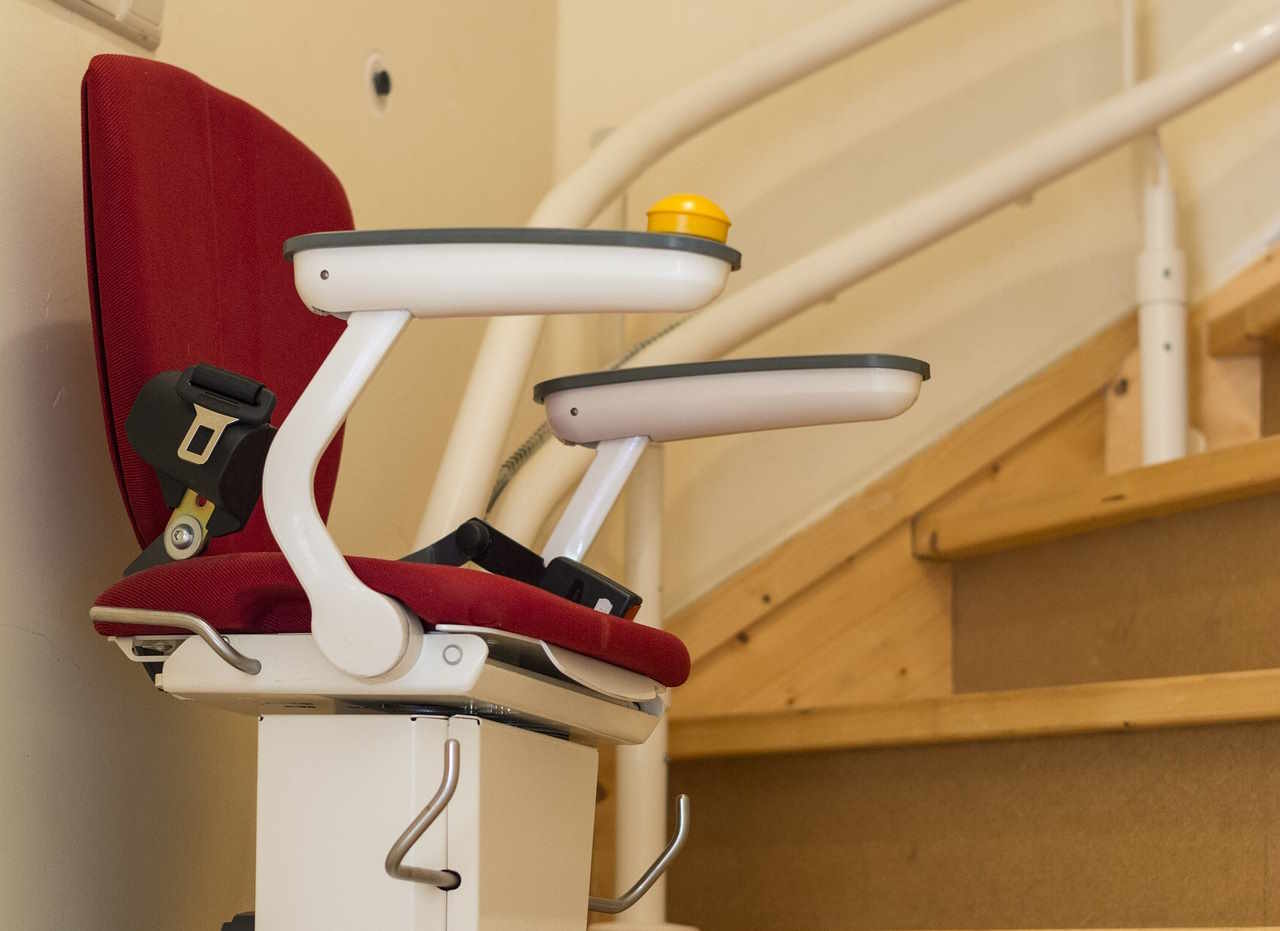Sonic Holography: The Next Frontier in Audio Tech
Imagine a world where sound doesn't just come from speakers, but materializes in thin air, creating a three-dimensional audio experience unlike anything we've heard before. This isn't science fiction—it's the promise of sonic holography, a cutting-edge technology that's poised to revolutionize how we experience sound. From immersive gaming environments to next-level concert experiences, sonic holography is set to redefine our auditory landscape.

The technology builds on the principles of wave field synthesis and acoustic levitation. By carefully controlling the phase and amplitude of ultrasonic waves, researchers can create interference patterns that result in audible sound at targeted locations. This allows for the creation of virtual sound sources that appear to emanate from empty space, offering unprecedented control over the spatial characteristics of audio.
Current State of the Technology
While sonic holography is still in its early stages, significant progress has been made in recent years. Research institutions and tech companies are investing heavily in this field, recognizing its potential to transform various industries. Current prototypes can create simple sound patterns and even levitate small objects using sound waves.
One of the most promising developments comes from the University of Sussex, where researchers have created a device called SOUNDBENDER. This system can bend sound waves around obstacles, effectively creating an “acoustic hologram.” While still limited in scope, this breakthrough demonstrates the potential for more complex acoustic manipulations in the future.
Potential Applications
The applications for sonic holography are vast and diverse. In the entertainment industry, it could revolutionize how we experience music and movies. Imagine attending a concert where the sound doesn’t just come from the stage, but materializes all around you, creating an immersive 3D soundscape. In gaming, sonic holography could enhance virtual reality experiences by providing more realistic and spatially accurate audio cues.
In the field of communication, sonic holography could enable new forms of telepresence. Conference calls could feel more like in-person meetings, with participants’ voices appearing to come from specific locations in a room. This technology could also have applications in public spaces, allowing for targeted audio announcements that don’t disturb nearby individuals.
Challenges and Limitations
Despite its potential, sonic holography faces several challenges. Current systems are limited in their ability to create complex sound fields over large areas. The technology also struggles with lower frequencies, which are essential for a full-range audio experience. Power requirements and the need for precise calibration pose additional hurdles for widespread adoption.
There are also concerns about privacy and potential misuse. The ability to project sound to specific locations could be used for targeted advertising or even surveillance, raising ethical questions that will need to be addressed as the technology develops.
The Road Ahead
As research continues, we can expect rapid advancements in sonic holography. Improvements in transducer technology and signal processing algorithms will likely lead to more complex and larger-scale sound fields. Integration with other emerging technologies, such as augmented reality, could create entirely new ways of interacting with our auditory environment.
While it’s difficult to predict exact timelines, industry experts suggest that we could see commercial applications of sonic holography within the next 5-10 years. Early adopters will likely be in the entertainment and marketing sectors, with broader consumer applications following as the technology matures and becomes more affordable.
The Potential Impact on Audio Industry
The emergence of sonic holography could have far-reaching effects on the audio industry. Traditional speaker manufacturers may need to adapt to this new paradigm, potentially leading to a shift in how audio equipment is designed and marketed. Sound engineers and audio professionals will need to develop new skills to work with this technology effectively.
On the consumer side, sonic holography could change how we think about personal audio. Instead of wearing headphones or using speakers, we might have personal sound bubbles that follow us around, providing a private audio experience without the need for physical devices.
Conclusion
Sonic holography represents a paradigm shift in how we create and experience sound. While still in its infancy, this technology has the potential to transform multiple industries and redefine our relationship with audio. As research progresses and challenges are overcome, we may be on the cusp of an acoustic revolution that will change the way we hear the world around us. The future of sound is not just about what we hear, but where and how we hear it—and sonic holography is leading the charge into this exciting new frontier.




